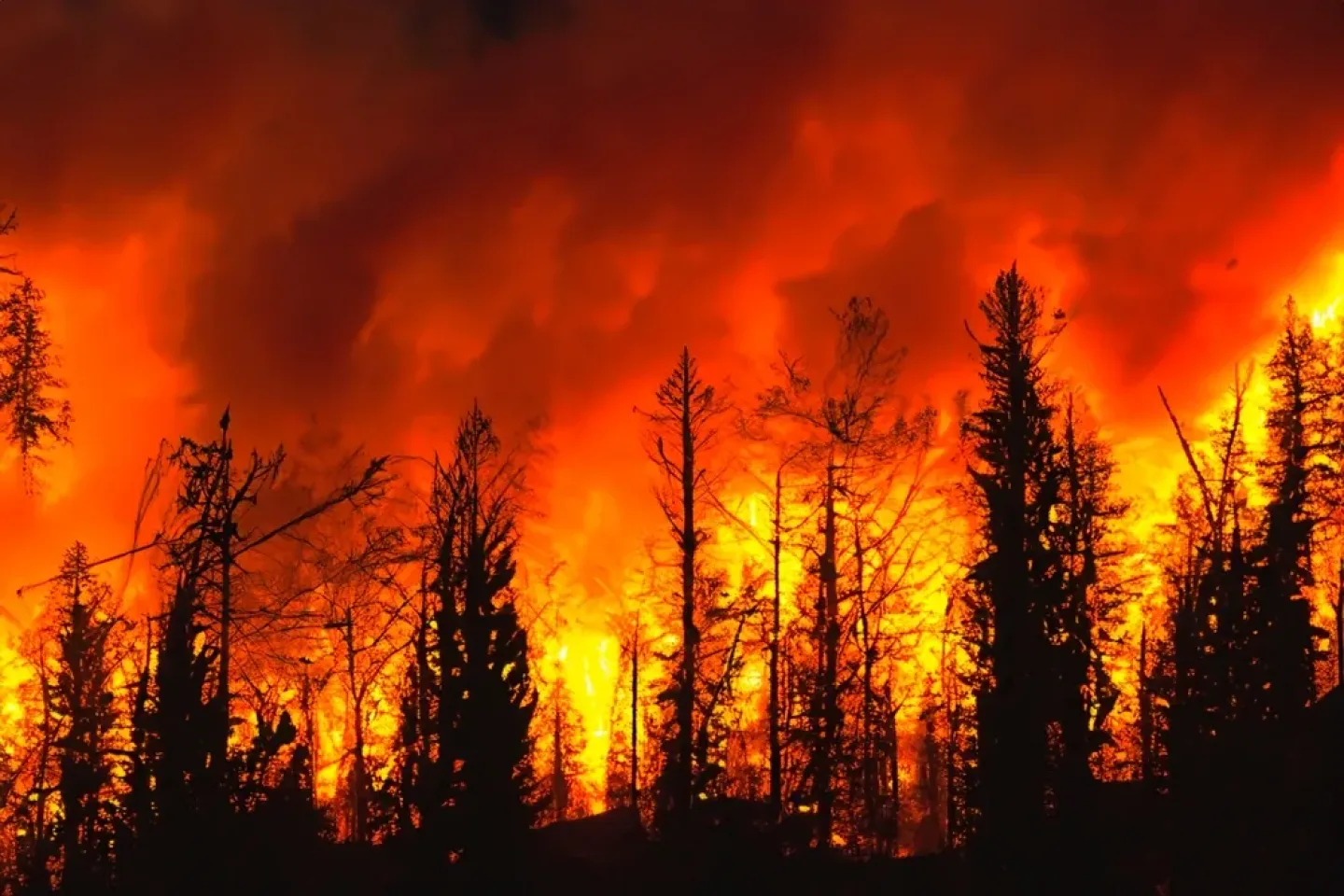Wildfires in California: Insurance Coverage in a High-Risk Region
The devastating wildfires in California’s Greater Los Angeles region dominate the headlines. They not only leave behind scorched landscapes and destroyed livelihoods but also result in immense economic damage. At the same time, it becomes clear how heavily the insurance market in this high-risk region is under pressure. Why are many insurers pulling out? How extensive are the damages? And what solutions are available for businesses and homeowners? Our latest article provides the answers.

Wildfires: Scale and Economic Impact
In recent years, California’s wildfires have escalated alarmingly. Climate change, drought, and strong winds have made these fires larger, more destructive, and increasingly expensive.
Recent examples from the Greater Los Angeles area:
- Pacific Palisades Fire: Over 80 square kilometers of burned area – roughly equivalent to downtown Zurich and several suburbs combined.
- Eaton Fire near Pasadena: Destroyed between 4,000 and 5,000 homes, businesses, and structures, with a burn area of approximately 50 square kilometers, comparable to the entire city of Bern and its surrounding municipalities.
Overall damages:
- According to AccuWeather estimates, the economic losses caused by recent wildfires range from $52 billion to $57 billion.
- The insurance industry bears a significant portion of these costs, increasing the pressure on providers.
Why Are Insurers Withdrawing from California, and Why Is Coverage So Limited?
California is a high-risk region particularly affected by natural disasters such as earthquakes and wildfires. Insurers like State Farm, Allstate, and others have announced market withdrawals or non-renewals of existing policies in recent years.
Reasons for Withdrawal:
- Soaring Costs: The damages caused by wildfires have become almost unbearable due to the increase in large-scale fires.
- Climate Change: Studies indicate that the area burned by wildfires in California has increased by 500%, mainly due to rising temperatures and an increase in “fire weather days” (windy, hot, and dry conditions).
- Regulatory Constraints: California regulations make it difficult for insurers to adjust premiums in line with risk levels.
- Reinsurance Costs: The significantly higher prices for reinsurance cannot be fully passed on to customers.
State Farm as a Case Study:
- In 2023, State Farm announced its withdrawal from the market. Over 72,000 policies were not renewed, including 1,600 in Pacific Palisades alone, a heavily affected area.
- The decision was based on an analysis that considered increasing catastrophe risks, inflation, and regulatory hurdles.
California FAIR Plan: An Emergency Solution with Weaknesses
- The plan does not cover risks such as theft or liability.
- Additional insurance policies (DIC policies) are necessary to fill gaps in coverage.
- The sharply increased demand is pushing the FAIR Plan to its limits: since 2023, the number of policies has risen by 40%, and its financial reserves may not be sufficient in the event of further large-scale wildfires.
“We may be just one bad fire season away from the complete insolvency of the FAIR Plan,” warned Jim Wood, a California Assemblymember, last March.
Our Solution: Verlingue Offers Tailored Insurance Solutions
How We Can Support You:
- Assessment of Your Risk Situation: We analyze your specific circumstances and the availability of suitable insurance solutions.
- Access to London Markets: In collaboration with London Markets, we can provide access to specialized insurance products.
Conclusion:
Events like the wildfires in California highlight the severe consequences for the insurance industry and the affected individuals. Businesses and property owners must take proactive steps to secure appropriate insurance coverage. Through Verlingue and the opportunities provided by Verlingue London Markets, we can support you in securing the necessary insurance capacities, even in challenging risk areas.